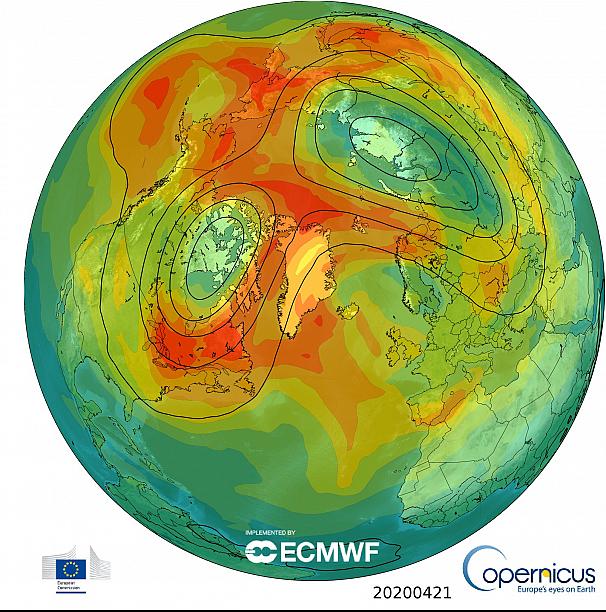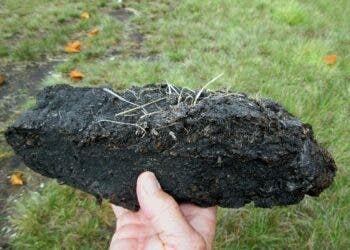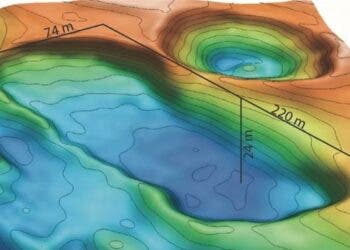
This spring season, the ozone layer over the Arctic experienced a tear, which grew into the biggest ozone hole across the North Pole in recorded history. Amid tensions and gruesome daily news about the COVID-19 pandemic, it seemed like the apocalypse was nigh. Good news, though: the ozone hole was plugged nearly as fast as it appeared thanks to natural atmospheric activity.
Since it was first spotted in February, the hole in the Arctic ozone layer stretched over 620,000 square miles (1,600,000 square kilometers). No sizable hole that comes near this caliber has been reported in the Arctic since 2011.
Now, the hole has been plugged.
Researchers affiliated with the Copernicus Program, the European Union’s Earth observation program, have been on top of the situation since the ozone hole was first signaled.
This week, they announced that the “rather unusual” hole over the Arctic was not related at all to human activity and was instead caused by a strong Arctic polar vortex.
As such, the ozone layer recovery cannot be pegged to massive reductions in pollution to the coronavirus-related nationwide lockdowns.
Polar vortexes, the kind that triggered this recent massive gaping hole in the ozone layer 11 miles above the Arctic surface, are essentially large areas of low pressure and cold air that surround both of the planet’s poles.
These atmospheric phenomena wean over the summer and strengthen in the winter. Typically, polar vortexes are much weaker over the Arctic compared to the Antarctic due to local topography, as nearby land and mountain ranges disturb the flow of air more.
Ozone hole in Antarctica is a different matter entirely
At ground level, ozone or smog is a poisonous chemical often expelled by vehicle exhaust. Higher up in the stratosphere, ozone accumulates at altitudes between 10 and 50 km where it acts as a shield against the harmful ultraviolet rays, which can cause cancer. Ozone holes occur naturally from cooling, but man-made chemicals greatly accelerate their formation.
While ozone depletion over the Arctic in natural, the same can’t be said about the one in the stratosphere above Antarctica.
Almost four decades ago, scientists had learned that chlorine-containing industrial chemicals triggered the formation of a gaping hole in the ozone layer right above the icy continent.
Since then, the ozone layer has recovered after a UN emergency panel banned the use of chlorofluorocarbons (CFCs) under the Montreal Protocol. This was one of the few highly commendable episodes where nearly all the world’s countries chose to set aside their differences and work for the common good of the planet and all life that calls it home.
Currently, the ozone hole above Antarctica is the size of North America, which sounds humongous. However, it’s the smallest it’s been since 1988, according to NASA.






